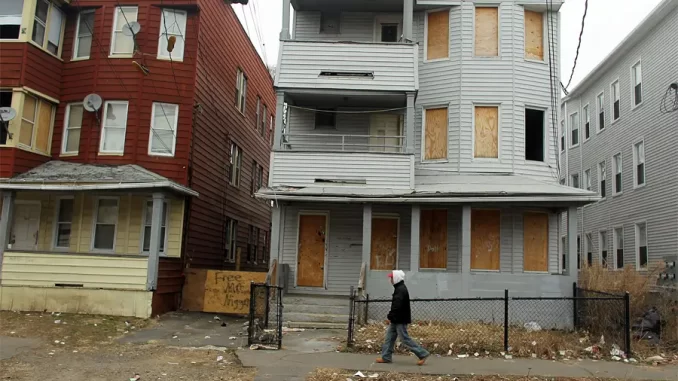
Estimated reading time: 3 minutes
“We’re not poor, we’re middle class.”
Beginning in the years following World War 2, this became the stock answer for tens of millions of US parents when their kids asked “Are we poor?”
That’s what my parents told us, even though they scraped to keep us in new clothes, couldn’t send us to college, and struggled financially throughout their retirements, right up to the day they died. To my parents, being middle class meant that my dad had a full-time job, they owned a house with a mortgage, and we never went hungry.
“We’re not poor. We’re middle class.”
Fifty or sixty years later, today’s parents will have to think twice before they give that stock answer.
According to the United Way of Connecticut, in 2021 “a family of four, with two adults, one pre-schooler and one infant, needed to earn $106,632 in 2021 to cover a basic survival budget.” Courant, 9/20/2023 (emphasis added). Adjusted for inflation, that number is currently estimated at $126,018.
In other words, almost 40% of all Connecticut families are living below the United Way’s basic survival budget.
Even the “basic survival budget” of a single person in Connecticut is presently estimated at $39,141. That single person, if they work 40 hours a week and 52 weeks a year, still must earn around $18.18/hour to make ends meet – well above not only the current $15.00/hour minimum wage, but the $15.69 minimum that will take effect on January 1, 2024.
Of course, we’re talking here about a realistic survival budget created by the United Way of Connecticut for what it calls Asset-Limited Income-Constrained Employed (ALICE) households, which includes things like child care, transportation, housing, utilities and the need for at least a smart phone – factors that aren’t even included in the official Federal Poverty Level.
According to the FPL that family of four doesn’t need $126,000 . . . why, they need only about $30,000 to survive! Of course, it’s hard to make sense out of that number if you consider that federal statistics put “fair market rent” for a two bedroom apartment in Connecticut at between $1,300 and $2,500 a month. Even at the lowest end of that spectrum, that family of four is paying half their income on rent . . . while at the higher end rent would literally represent 100% of that Federal Poverty Level income.
The US Census says that 10.1% of the people of Connecticut are living in poverty. The hard evidence is that the real number is significantly higher, and that as much as 40% of Connecticut families are constantly struggling just to make ends meet.
Republished with revisions from the author’s blog, Tell No Lies. Claim No Easy Victories… We thank the author for his kind open-ended offer of republication.

